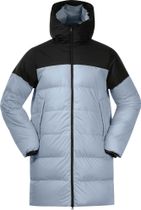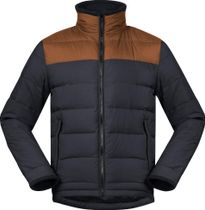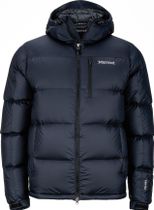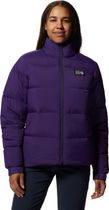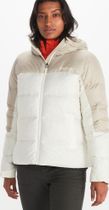The A to Z of Down Gear
Down is a go-to insulation material in the outdoor world, used in everything from sleeping bags to jackets. It's lightweight, super warm, and incredibly comfortable to wear. In this article, we take a closer look at down, how it's used, and what to keep in mind when choosing or caring for down products.
Not All Down Is Created Equal

When people think of down, they usually associate it with warmth, comfort, and low weight. That’s why it’s not only found in bedding but also in outdoor jackets for chilly days.
Traditionally, down is sourced from birds. Since several thousand kilograms are processed annually, strict standards like the Responsible Down Standard (RDS) or Re:Dawn (which uses recycled down) are now in place to ensure both sustainability and animal welfare.
Additionally, many brands now turn to synthetic alternatives made from polyester, viscose, PrimaLoft, or other plant-based materials. These options often combine the best properties of both natural down and synthetic fibers: warmth, softness, lightness, and even performance when wet. Plus, they’re especially popular among allergy sufferers.
>> Learn more about sustainable down certifications
Key Terms You Should Know

Several key terms come up when looking at down products. Here’s what they mean:
-
Fill weight: This refers to the amount of down (in grams) inside a product. The more down, the more insulation—especially important for winter gear.
-
Down ratio: This indicates the blend of down to feathers. Since down is lighter and insulates better, a higher down content is ideal.
-
Fill power (measured in cuin): This tells you how well the down rebounds after being compressed. Higher cuin (cubic inches) = loftier, warmer jackets. For cold conditions, look for 500 cuin and up; premium jackets can go up to 900 cuin.
These numbers influence how warm, fluffy, and heavy your jacket is—so it’s worth paying attention.
Construction & Care Tips
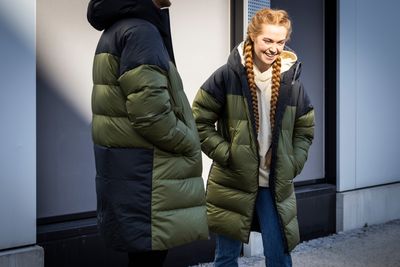
To ensure even warmth, down is distributed in multiple chambers inside the jacket or vest. This layout prevents cold spots even if the down shifts a little during use. It also makes repairs easier: If feathers start leaking, that chamber can often be refilled and resealed without much fuss.
Because down loses its insulating power when wet, many jackets come with a water-repellent finish. However, this protective coating can wear off over time. That’s why it’s a good idea to use spray-on treatments to keep your jacket performing. Just remember to wash and dry it thoroughly before reapplying.
Sometimes you might see dark patches showing through the fabric. This isn’t dirt—it’s often just the down showing through thinner materials. A quick wipe with a damp cloth usually clears things up.
Today’s down products are made to be as tough and long-lasting as possible. But accidents can happen—especially during outdoor adventures. If your jacket tears, don’t try to fix it on the spot. Leave it be and contact the manufacturer. Brands like Bergans and Mammut now offer dedicated repair services to extend the life of your gear.
>> Explore down gear at SportFits

